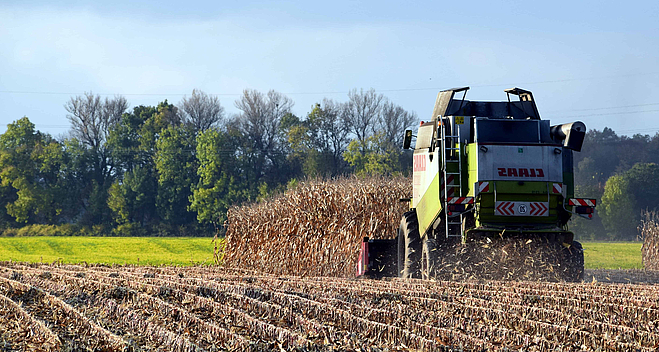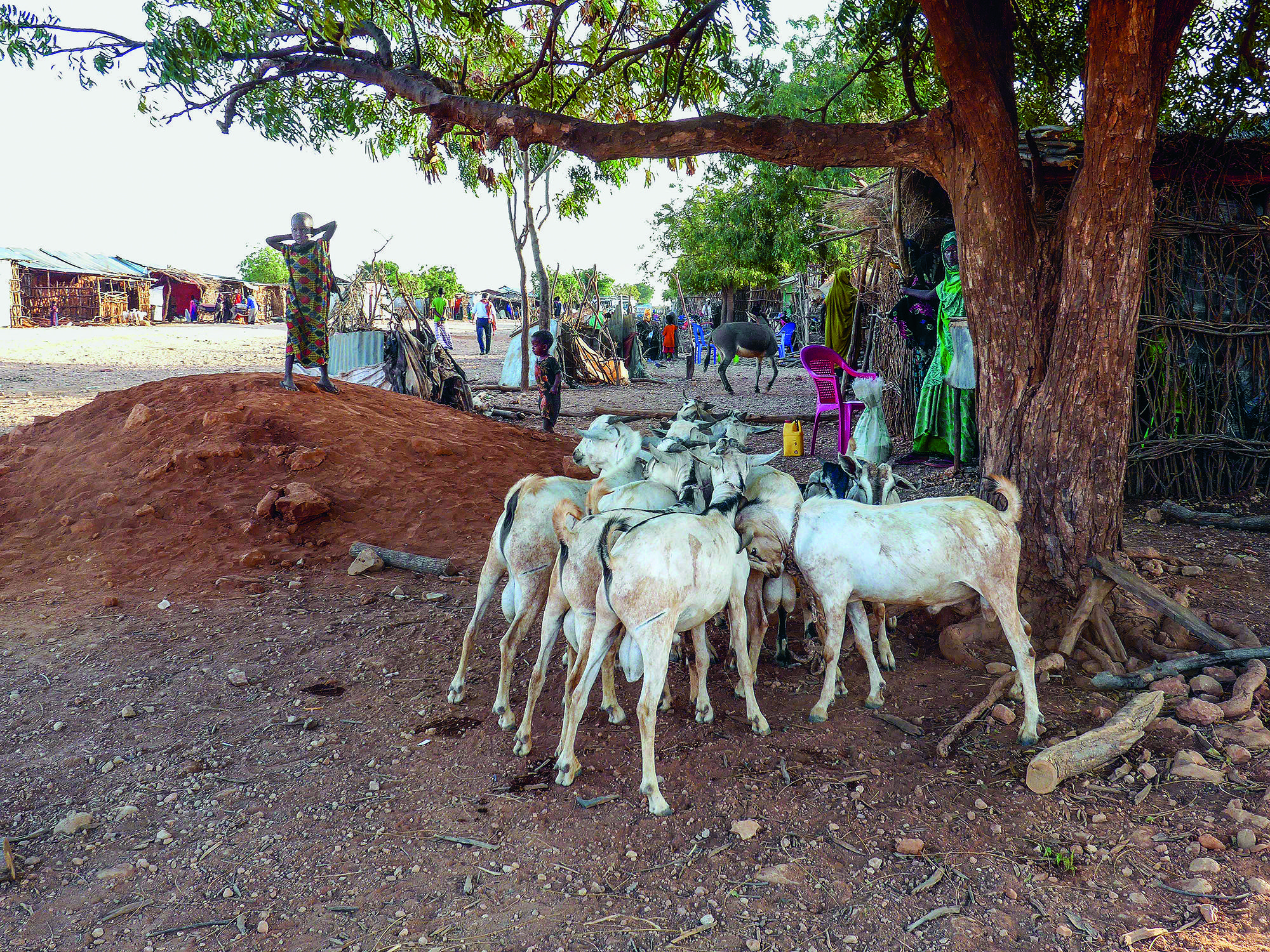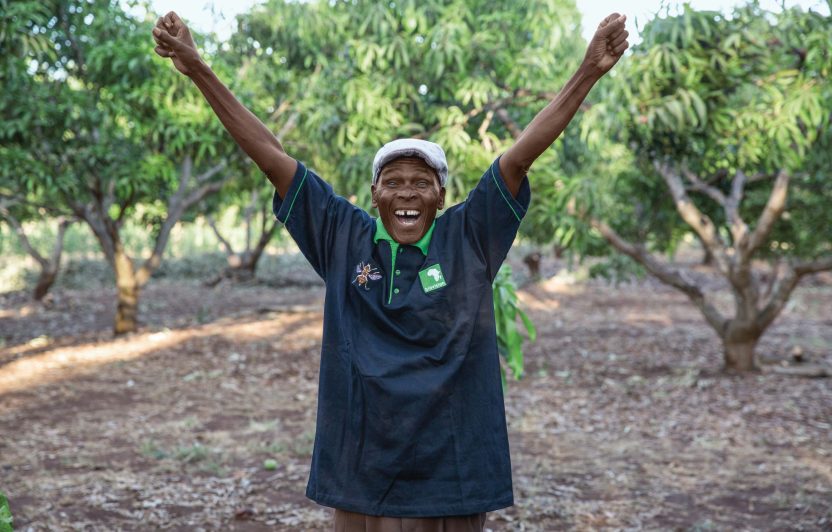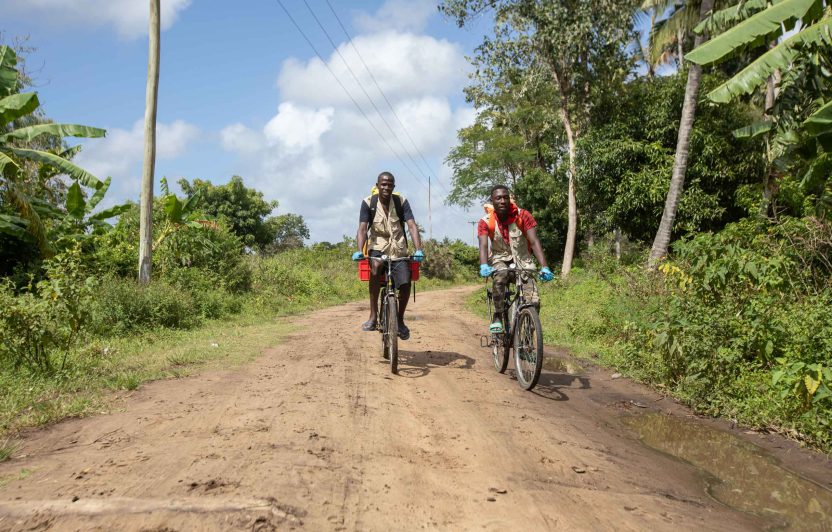
The number of new infectious diseases transmitted from animals to humans like SARS, MERS and COVID-19 has increased dramatically in the last few decades. Not only are there more types of diseases, the frequency of disease outbreaks is also rising.
Key drivers
Underlying this alarming trend are three key drivers: rapid urbanisation, expanding global mobility, and greater contact between humans and animals. The destruction of natural habitats, a stark increase in intensive livestock farming, and growth of wildlife markets make it easier for pathogens to jump from animals to humans. Indeed, scientists believe the new coronavirus, SARS-CoV-2 was transmitted from bats to pangolins that were subsequently sold in Chinese markets frequented by consumers.
Lost amidst calls to ban the sale of wild animals for consumption, many of the principles which govern food production today – a singular focus on productivity, widespread neglect of ecosystem services, and the poor treatment of animals – are an integral part of the problem.
Destruction of natural habitats
Half of the world’s habitable land is used for agriculture. Huge swathes are used for fuel production and livestock, posing a major threat to the environment and biodiversity. Palm oil monocultures for example, are a major driver of deforestation. In some regions, traditional farming methods that support biodiversity are being replaced by intensive production models. Encroachment into natural habitats increases the likelihood of humans coming into close contact with wildlife – the primary source of many emerging viral diseases. Furthermore, evidence suggests that the loss of biodiversity within these habitats increases the chances of pathogens jumping from animals to humans. Keeping biodiversity and habitats intact is therefore key to the prevention of future pandemics.
In highly populated areas however, research suggests that high levels of biological diversity are a strong predictor for the emergence of disease. In the pastoral areas of East Africa for example, humans, livestock and wildlife share the same habitat, making these populations particularly vulnerable to disease outbreaks. Here, early warning systems that detect outbreaks in animals before widespread transmission to humans play an important role in the sustainable management of the entire agro-ecosystem (see box).
Intensive livestock keeping is a major risk
As countries urbanise and citizens become wealthier, the demand for meat and dairy products is increasing. This has led to the rapid expansion of intensive livestock production systems. Genetically similar animals are often stressed by being kept in tight spaces under unhygienic conditions, leading to the suffering and ill-health of the animals, and creating ideal incubators for new pathogens. In addition, the rampant and heavy use of antibiotics in animals makes pathogens resistant to drugs also used in human medicine. Some experts forecast that by 2050, the rise of resistant bacteria could cause 10 million human deaths a year worldwide. Providing adequate nutrition, husbandry and housing for livestock is therefore not only critical for the welfare of animals and their productivity, it is integral to human health.
Solutions exist
Solutions exist for managing the complex interactions between agriculture, infectious diseases, and human health. Consumers – especially those with the privilege of choosing what they eat – play a critical role in demanding more sustainably produced food, cutting down on animal products, and reducing food waste. Such changes can drastically reduce agriculture’s need for more land, and play a vital role in building a food system that puts less stress on the planet and on public health.
On the production side, steps to incorporate the environmental and health costs of industrial agriculture into decisionmaking can help shift production patterns, and approaches like agroecology which reconcile the conflict between land use, food production and habitat conservation can build food systems which serve both people and the planet. Around the world, there are many examples of such techniques and strategies being effectively used to build more resilient and healthy food systems (ref. Beacons of Hope); the challenge is to bring them to scale.
Commentary Dr. Frank Eyhorn, CEO Biovision
As it has been proven quite plainly once again by the coronavirus crisis, our food system is making us ill. It facilitates the occurrence of epidemics and promotes an unbalanced diet, which weakens the immune system and makes us more susceptible to disease.
The latest UN World Food Report clearly shows that malnutrition and undernourishment are now the main factors responsible for health problems worldwide, and that they lead to millions of deaths every year in rich and poor countries alike: while one in nine people suffer from malnutrition, one in three are overweight.
The report identifies an important cause in the industrial agricultural system, which is based on the production of empty calories instead of providing a wide range of healthy food. The consumption of highly processed, unhealthy food is constantly increasing, even in poorer countries – placing a huge financial burden on society!
More urgently than ever, we need to bring about an agroecological transformation of our food systems so that healthy food in a healthy environment becomes the norm and is made affordable for all. The fact that demand for local organic vegetables has risen sharply during the pandemic gives cause for hope.
Zoonosis prevention in Biovision projects
In the pastoral areas of East Africa, several pathogens are circulating, including the Rift Valley Fever Virus and the MERS coronavirus, which, according to the World Health Organization (WHO), could pose a major pandemic threat. Biovision is supporting the development of disease surveillance and monitoring systems through its «Camels for Drought Areas» and «Information System for Diseases and Drought» projects. Close cooperation between human and veterinary medicine at all levels, whether in remote villages or modern, fully equipped laboratories, is essential. This allows dangerous outbreaks to be detected early, and even making it possible to prevent the next global pandemic.





